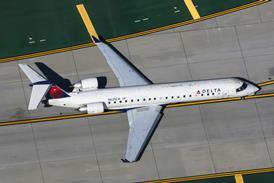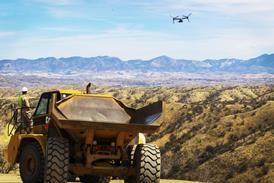Forty years ago, an 800mm diameter, 77kg satellite changed the world. As we look at models of today's 3-tonne geostationary-orbiting communications satellites that carry around 50 high power transponders, it may be difficult to believe that this small satellite had just one transponder.

It was called Telstar and sparked the communications revolution, by transmitting live TV programmes across the Atlantic Ocean.
Telstar was launched on 10 July 1962 by a Thor Delta booster from Cape Canaveral and was placed into a 936km-5,653km orbit, inclined at 44.4deg.
It was used by the Bell Telephone and Telegraph Company to demonstrate broadband TV and telephone communications via satellite. Telstar carried a single travelling wave tube amplifier.
Amplified
A signal transmitted from Bell's station in Andover, Maine, was received by Telstar and amplified 5,000 times, so the signal would be powerful enough to be received by ground stations at Goonhilly Down, south-west England and Pleumeur-Bodou, north-west France.
The first "live" TV programme was broadcast from the US to France. It featured singer Yves Montand crooning "La Chansonette".
The seven-minute programme caused ill-feeling as it was supposed to have been a joint effort with Britain (things never change!).
France claimed it was only a test and not a programme. However, it had been introduced by French communications minister Jaques Marette, who introduced the programme to American viewers by saying: "Relax. You are in Paris and I invite you to spend a few pleasant moments with me."
Spectacular
However, Britain claimed the distinction of sending the first live TV from Europe to the USA, featuring pictures of Goonhilly.
July 23, 1962 saw the most spectacular communications event in history to that date. Sixteen European countries exchanged TV programmes with the USA, with 200 million viewers in Europe.
The audience was taken through Europe from Lapland to Sicily and "travelled" across the USA, from the World's Fair in Seattle to the Statue of Liberty in New York.
President John F. Kennedy addressed the TV audience live from the White House; astronaut John Glenn – a 1962 space hero – talked about the Mercury programme and fellow astronaut Wally Schirra talked about his upcoming flight.
The little satellite even had a song named in its honour – the Tornadoes' single Telstar topped the charts in 1962
Source: Flight Daily News























